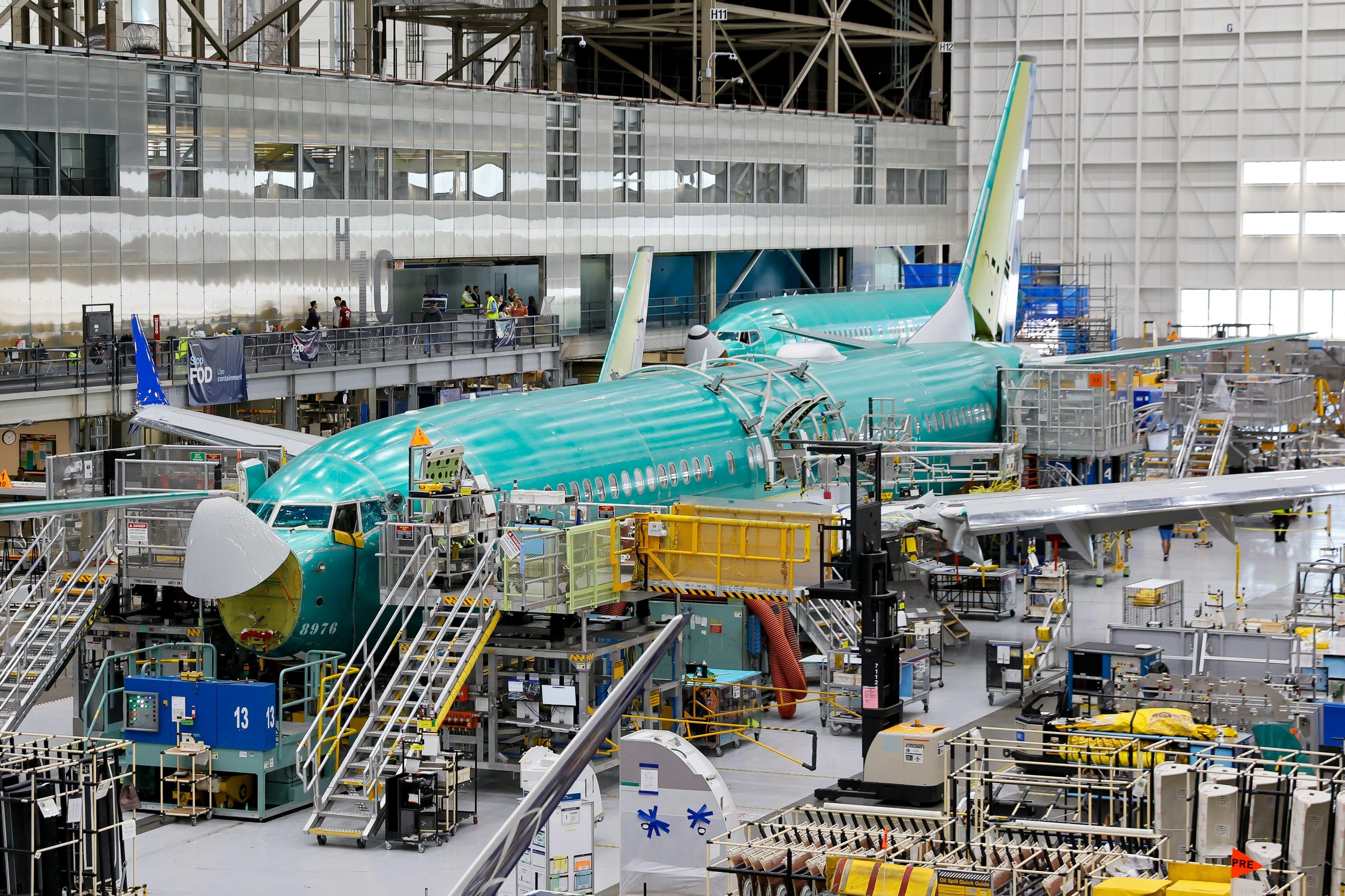
AeroGenie – Ihr intelligenter Copilot.
Trends
Categories
Germany Orders 20 Eurofighter Jets to Enhance Air Capabilities
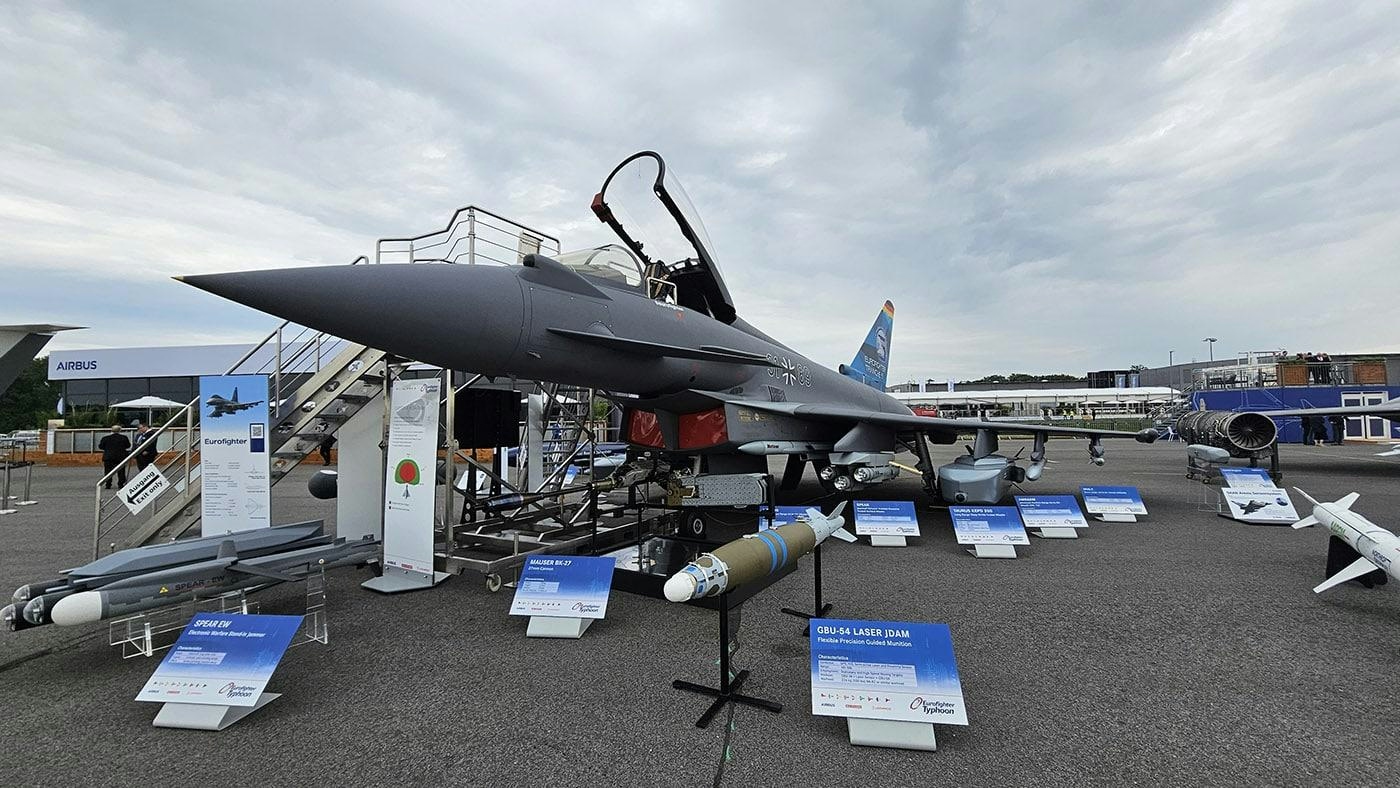
Germany Orders 20 Eurofighter Jets to Enhance Air Capabilities
Strengthening NATO and National Defense
Germany has confirmed the acquisition of 20 new Eurofighter jets as part of its ongoing efforts to modernize its air force and reinforce NATO’s collective defense framework. The contract, awarded to Airbus, stipulates that the aircraft will be assembled at the company’s Manching facility near Munich, with deliveries scheduled between 2031 and 2034. This procurement reflects Germany’s strategic commitment to maintaining a robust and technologically advanced air defense capability.
Mike Schoellhorn, CEO of Airbus Defence and Space, highlighted the significance of the Eurofighter to Germany’s air defense strategy, describing the new order as a testament to the aircraft’s vital role within both national and NATO operations. He further noted that the Eurofighter serves as a critical technological and operational bridge to the Future Combat Air System (FCAS), a next-generation program expected to enter service around 2040.
Advanced Capabilities and Strategic Investments
The forthcoming Eurofighter jets will incorporate cutting-edge technologies, including the latest E-Scan electronic radar and enhanced electronic warfare systems through Saab’s Arexis sensor suite. These enhancements are intended to expand the operational flexibility of the German Air Force, improving surveillance capabilities and airspace security in an increasingly complex security environment.
This procurement is part of a broader $8 billion defense spending initiative by Germany, reflecting a significant financial commitment to upgrading its military capabilities. Complementing the Eurofighter acquisition, the United States has approved a potential $1.23 billion sale of AMRAAM missiles to Germany, aimed at strengthening the air defense systems associated with the new fleet.
Implications for European Defense and Industry
Germany’s decision has reverberated across the European defense sector, potentially prompting other nations to reevaluate their air defense strategies and intensifying competition within the combat aircraft market. The Eurofighter program, a collaborative effort among Germany, Italy, Spain, and the United Kingdom, remains Europe’s largest defense partnership. It supports over 100,000 jobs across the continent, including 25,000 in Germany, with 120 German suppliers actively involved.
This investment aligns with Germany’s broader strategic initiative to modernize its military posture, backed by a €35 billion budget allocated over the next five years for defense and space capabilities. The Eurofighter, with over 740 units ordered by nine countries, stands as Europe’s most successful in-production fighter jet program and is expected to remain a cornerstone of the German Air Force until at least the 2060s. It will operate in conjunction with future crewed and uncrewed systems under the FCAS framework.
Germany’s latest order underscores its determination to sustain a leading role in European defense, balancing technological innovation with the financial and strategic demands posed by a rapidly evolving security landscape.
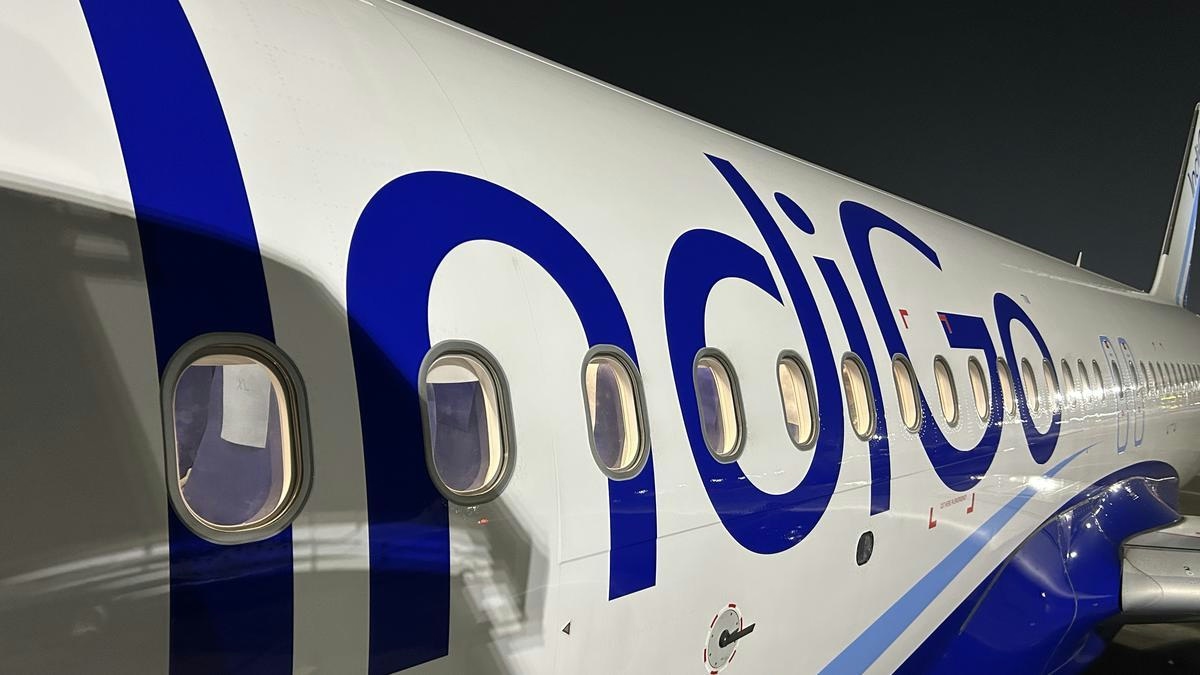
IndiGo to Deploy Wide-Body Aircraft on Vijayawada-Hyderabad Route, Says MP
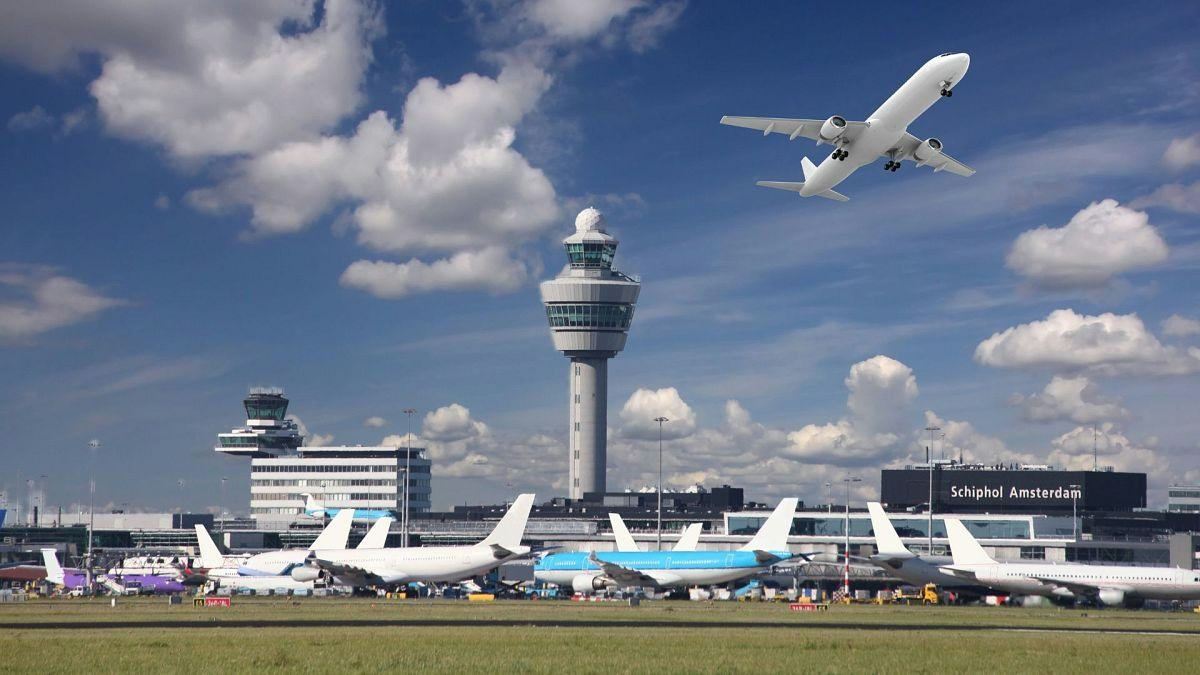
Europe Unveils New Aviation Strategy to Promote Cleaner, Faster Flights
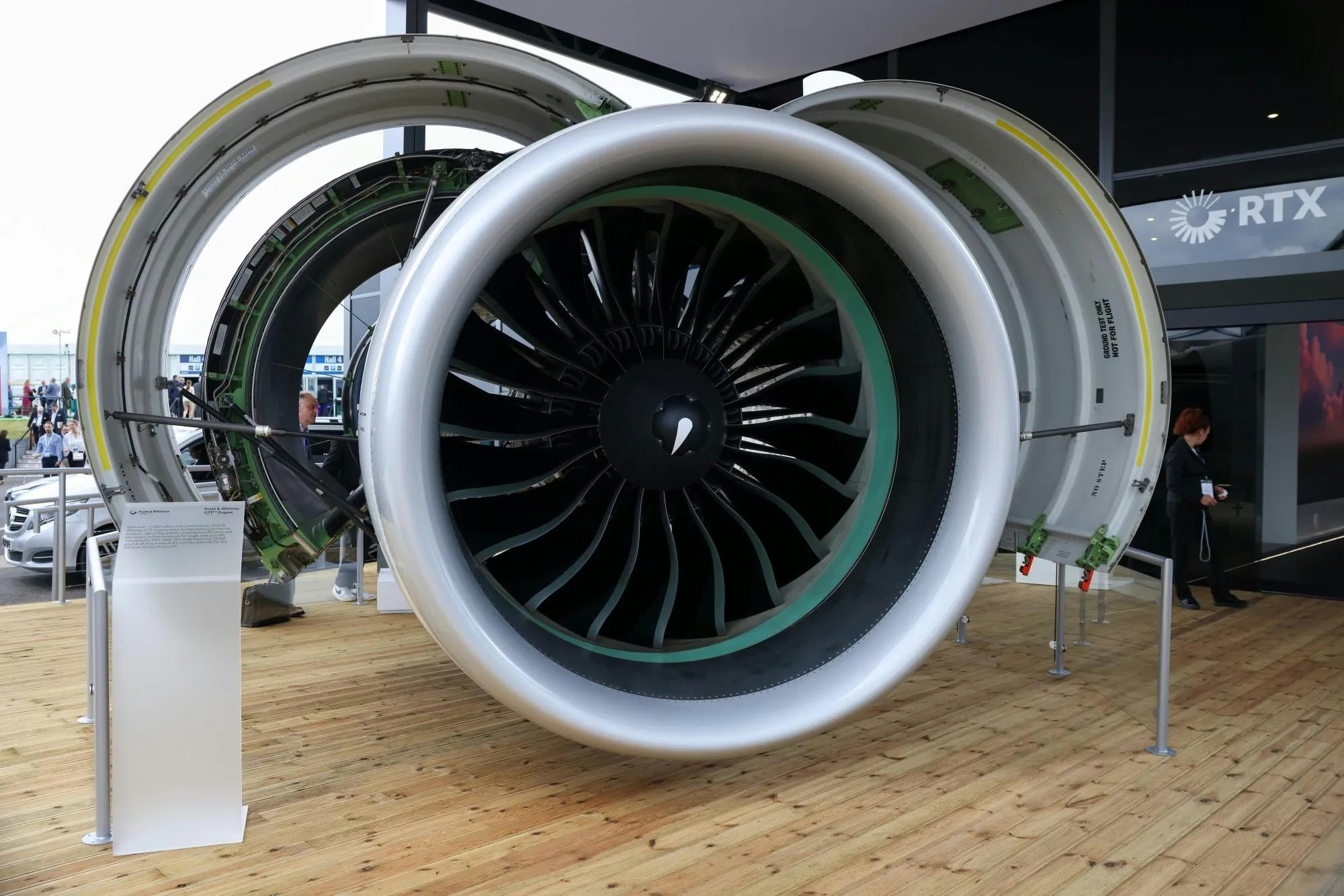
Spirit Signs Agreement with Pratt & Whitney Units on Aircraft Engines
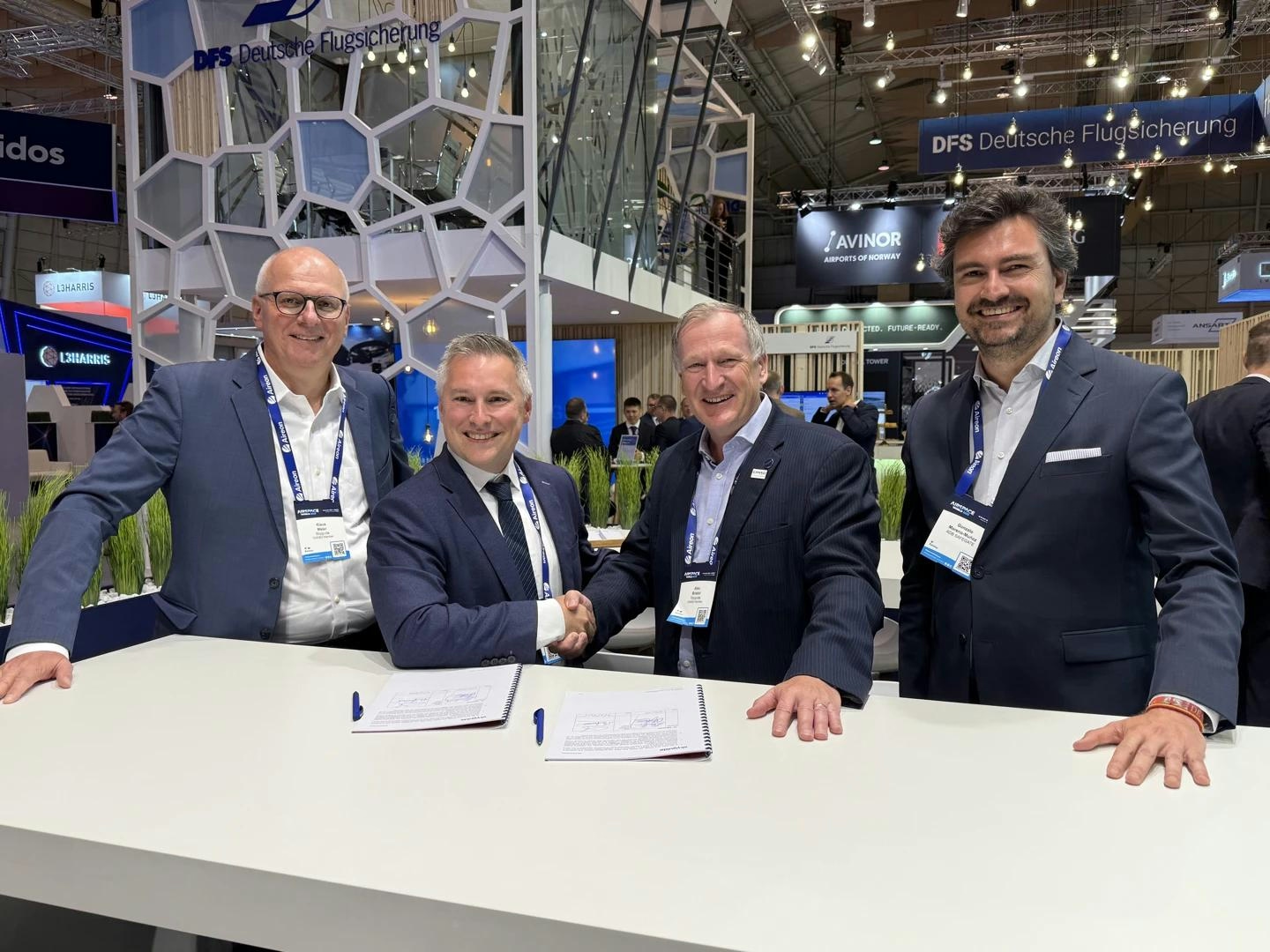
ADB SAFEGATE Receives Industry Awards for Marketing, R&D, and Social Impact

GA Telesis Secures Five-Year Landing Gear Overhaul Agreement with Major U.S. Carrier
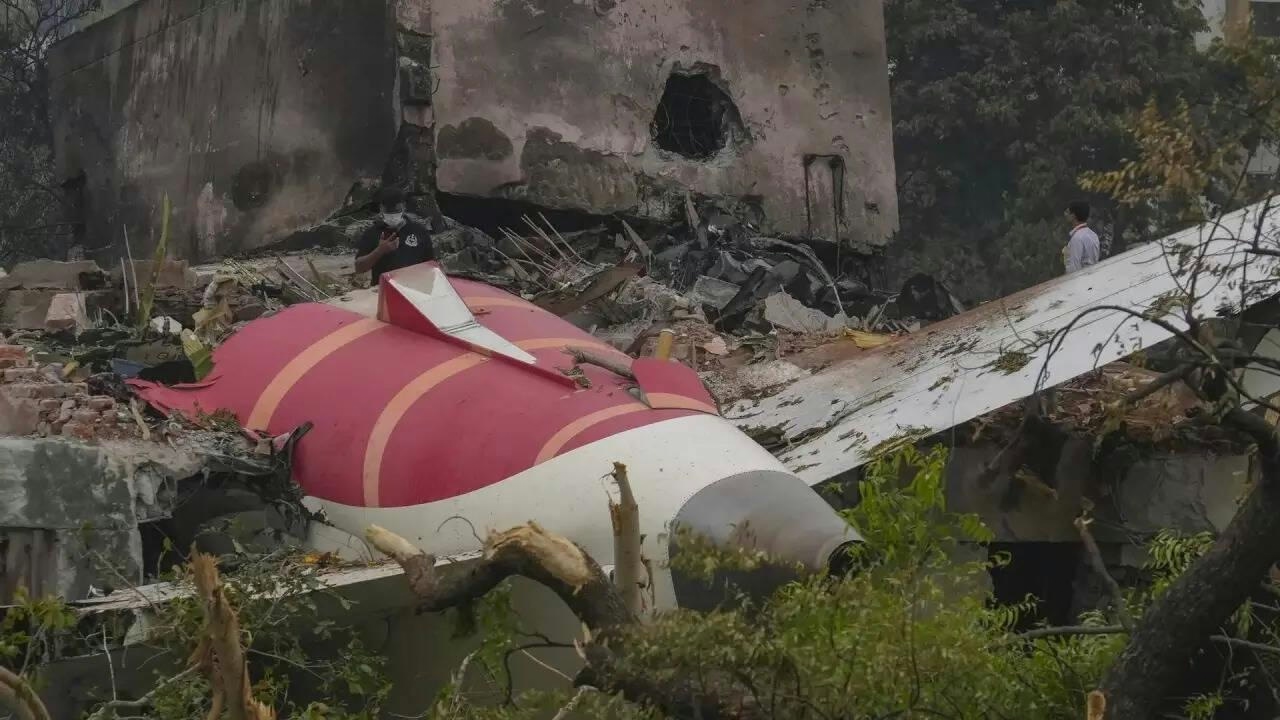
Government Strengthens Aviation Safety Framework Amid AI-171 Investigation

NASA Software Raises Bar for Aircraft Icing Research
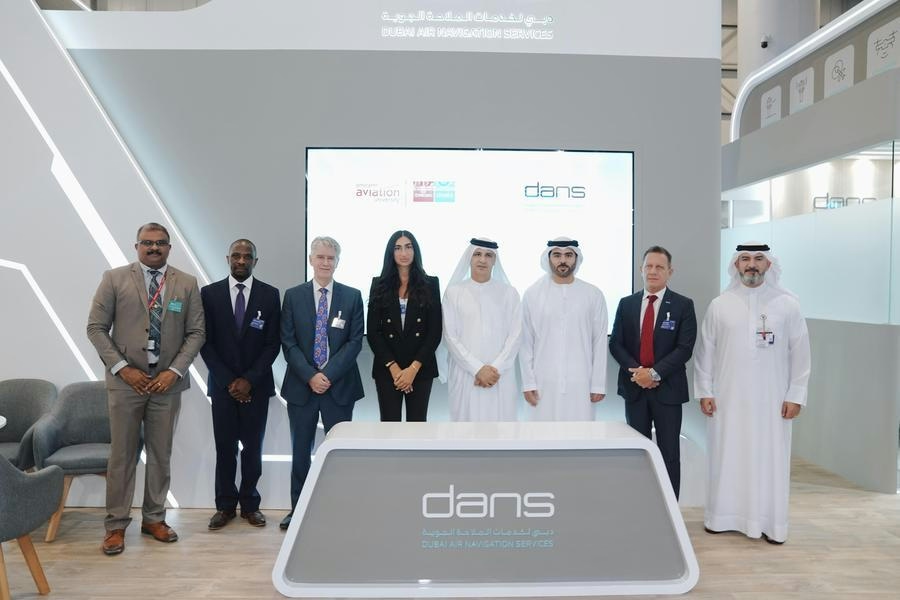
Dans and Emirates Aviation University Partner on AI Air Traffic Management Research
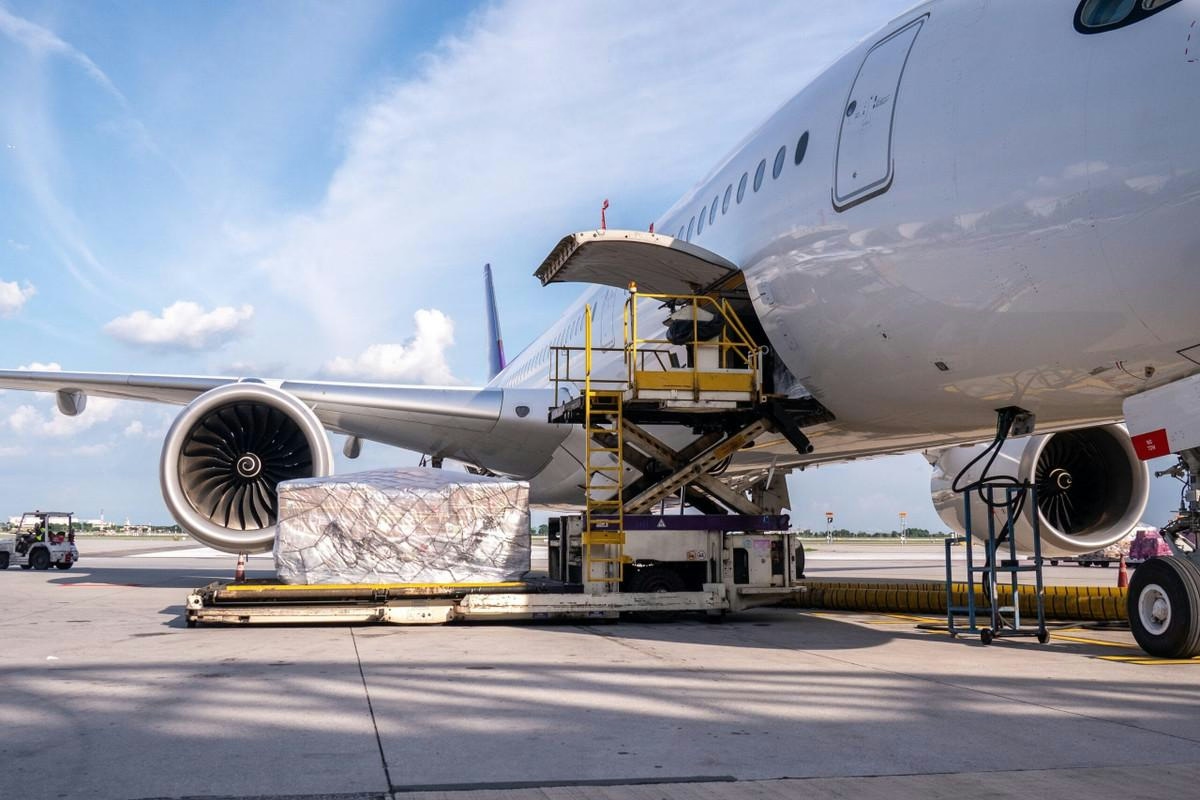
Nigus and AXISCADES to Develop Nigeria’s First Major Aviation MRO Hub
